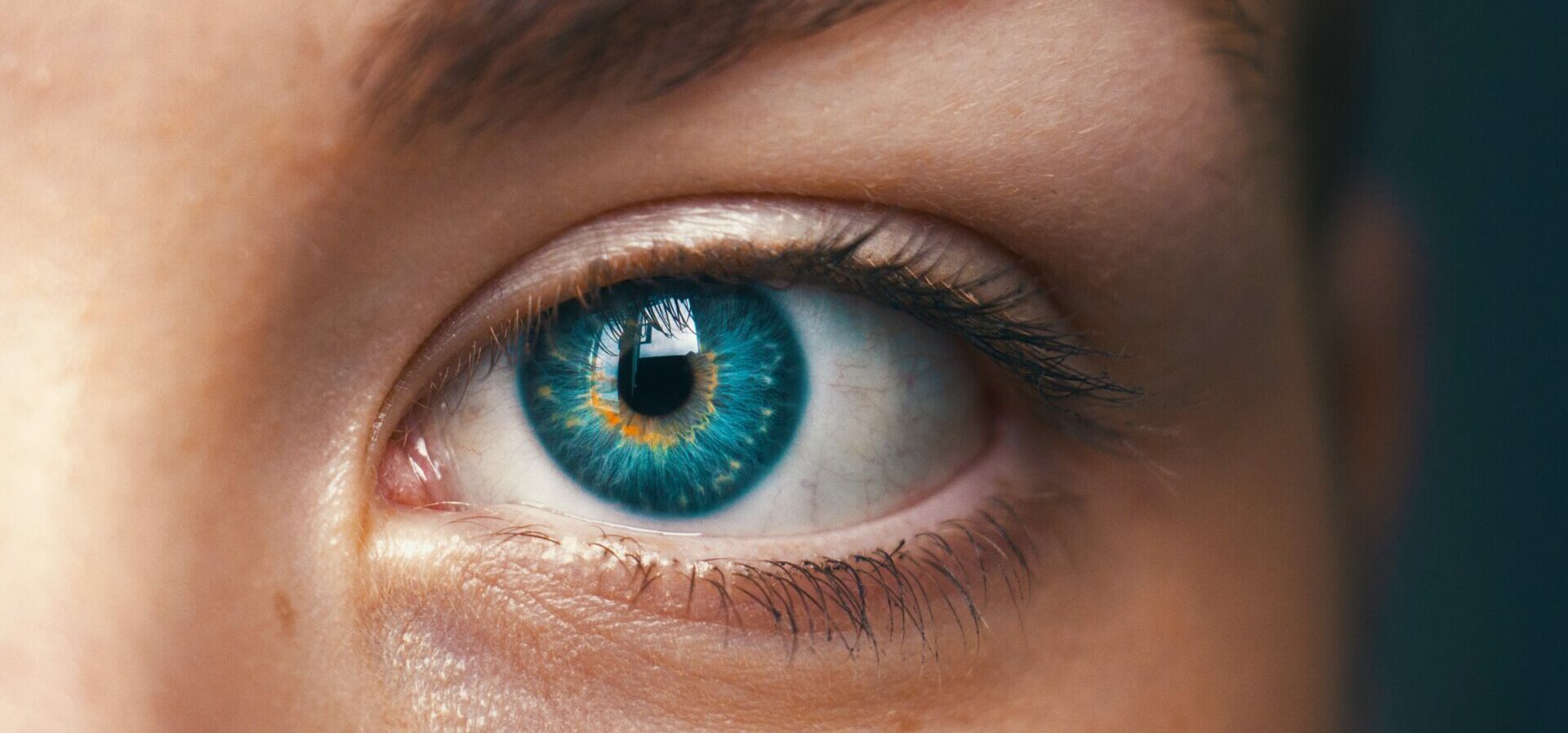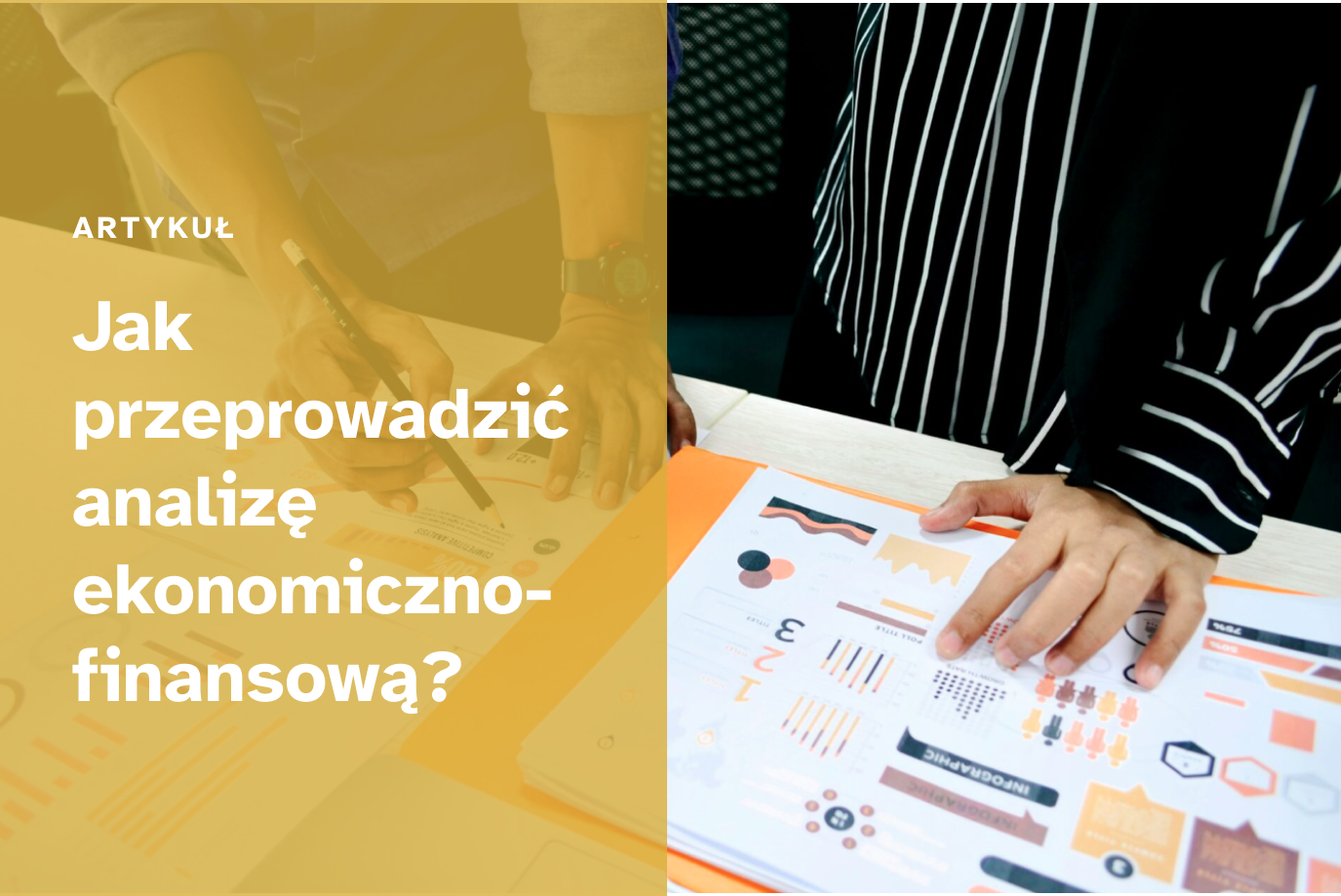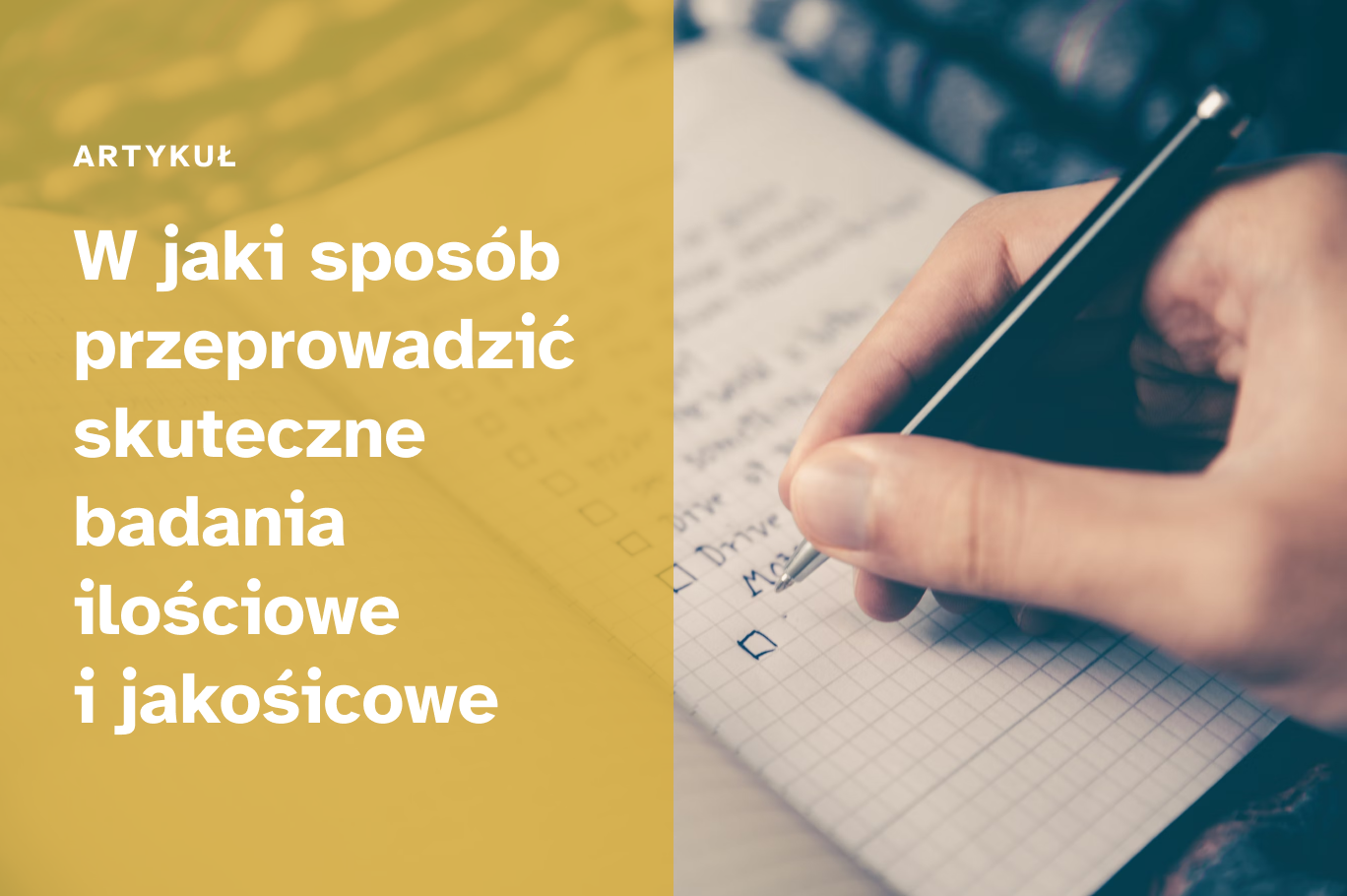12.08.2022
Biometric payments - Innovations in banking
Logging into a smartphone using a facial scan or fingerprint is no longer very impressive. Most people are moving away from classic passwords in favor of logging in using the uniqueness of the body, but the use of biometrics is already finding its way into banking. Buying rolls through an iris scan or using a payment card with a fingerprint slot is not a scenario for a science fiction movie, but a reality.

From the beginning - what is biometrics?
Biometrics itself is a technique for taking measurements of living beings. Currently, in The latest applications are aimed at methods of automatically recognizing people based on their unique physical characteristics, e.g.
- fingerprints,
- voice sounds,
- iris image or facial or hand geometry.
The potential of biometrics has brought it within the reach of banks, which have used it to verify customers' identities.
Payment with the iris of the eye - is it even possible?
Is it possible to leave home without a wallet, card or even a phone and then make a payment at a restaurant? Although the idea sounds astonishing, the Polish company Payeye is proving to the world that nothing is impossible, now launching version 2.0 of its solution.
There is no other person in the entire world who has the same iris of the eye as we do. Each person's iris has, as many as 256 unique features, which makes it possible to create an accurate human identification algorithm. Payeye startup founder Daniel Jarząb realizing the uncommonness of this small organ, decided to use its potential in its full glory! The entrepreneur created a proprietary ecosystem consisting of eyePOS payment devices, an innovative electronic wallet and algorithms that process the iris of the eye into a biometric pattern (PayEye code), used to identify the user when making payments.
PayEye 2.0 - news
Two years after the launch of the payment program, or more precisely, on June 24, 2022, PayEye has introduced a new service that uses up to two types of biometrics to make payments. This time, in addition to identification through the iris of the eye is also possible face recognition. Moreover, along with the new service, the following have been made available eyePOS 2.0 biometric terminals and PayEye 2.0 mobile application
with the ability to plug in a card with the Visa or Mastercard logo. This will allow payments to be made without the need to first fund a virtual wallet.
How to get started? - Payeye 2.0
An account that allows payment via iris can be created by people who are at least 18 years old, while the creation of the Biometric Pattern itself consists of two stages.
The first step involves activating an account in the PayEye 2.0 app (which is available on the Android platform in Google Play, iOS in the App Store or for Huawei devices in AppGallery). There, the user is asked to take a selfie which is the initial registration of the Biometric Pattern.
The second step involves registering the irises through an eyePOS terminal, which we can find at one of the points listed on the website www.payeye.com (including at sports venues, restaurants or grocery stores). It takes place during the first attempt to submit a Usage Instruction, which is a command directed to PayEye to allow the merchant to use the default card to make payment.
It is worth noting that the identification itself does not interfere with the possession of glasses or contact lenses, while it is not possible to have them on during the creation of the pattern.
"After months of intensive work, we can say with full responsibility that the future is happening before our eyes. We have created a complete, independent and completely secure PayEye ecosystem, and we are the first in the world to use the fusion of face and eye biometrics in payments, which provides double security for the transactions performed. By the end of the year, we aim to launch several hundred payment devices that will support payments using face and eye biometrics." - Daniel Jarząb, CEO of PayEye, comments.
Fingerprint payment card!
Starting in December, institutional customers nationwide were able to order a debit card, which allows you to pay for purchases using your fingerprint.
Bank Pocztowy is the first in Poland to enable cashless transactions using biometric authentication. The new product, which was initially aimed only at institutional customers of Bank Pocztowy, is now also available for use by small and medium-sized businesses.
Biometric cards are a complete novelty, not only in Poland, but also in the world. Thales, the company that developed this advanced technology, is only supplying its product to five markets, including one in Europe. For Bank Pocztowy and Poczta Polska customers, the use of the latest technology means even more convenient and safer transactions, and for us Support the dynamic development of the cashless payment market in Poland - comments Marcin Ledworowski, member of the Board of Directors of Bank Pocztowy responsible for the business and IT areas.
Biometric card activation
The card is sent to customers in a special box containing the card along with a reader (sleeve device) that is used to encode the fingerprint.

The moment the LED flashes green and then goes out, remove the thumb from the sensor. The entire process of memorizing the thumbprint should be repeated at least five times.
After the green LED flashes five times, we know that the registration went well.
If the fingerprint is not confirmed to be stored correctly, it will be necessary to repeat the entire process. The acquired fingerprint biometric pattern is stored only
and only on the payment card and the data itself is not stored in the bank's systems, nor is it sent to a POS (point of sale - a merchant's point of sale that allows cashless transactions) terminal or ATM when the payment is made.
The first card transaction, after encoding the biometric pattern, must be carried out with a PIN, by placing the card in a POS terminal or ATM. This operation will activate the card and trigger the biometric authentication capabilities of the transaction. By itself, the biometric EMV will never discharge. It gets the energy needed to use it every time from the POS terminal and does not need batteries.
It is worth noting that in the case of theft The card will be completely useless without a fingerprint owner. On the other hand, when the use of the cardholder's fingerprint is not possible (e.g. when withdrawing cash), a PIN can still be used as a fallback.
Success!
The innovation was very positively evaluated by a wide audience. In the Cashless Pay 2021 competition for the most interesting payment solution that appeared on the Polish market in 2021, Bank Pocztowy S.A.'s biometric card won 1st place in the Most Interesting Payment Card category, as well as 2nd place in the Most Interesting Payment Solution category.
Which is the best biometric payment?
Observing the pace of development of biometric payments over the past few years, it is not difficult to conclude that they are the most forward-looking form of payment in the global market.
Biometric technology is safe for both health and wallet. Scanning the iris of the eye has no negative impact on the organ of sight, and if a biometrically secured card is lost or stolen, the payment will not be processed.
It is also worth noting that already by the end of 2020 there were more than 44 million payment cards on the Polish market, and this number is constantly growing. This means that we are currently using nearly 250 tons of plastic, which sooner or later will be thrown away. When using biometric payments, we don't have to worry about poisoning the environment.
Which one is the best? Probably the one that is the most hassle-free for the consumer. And although anyone over the age of 18 can pay by eye, biometric cardholders can only be institutional customers or entrepreneurs of small or medium-sized companies.





